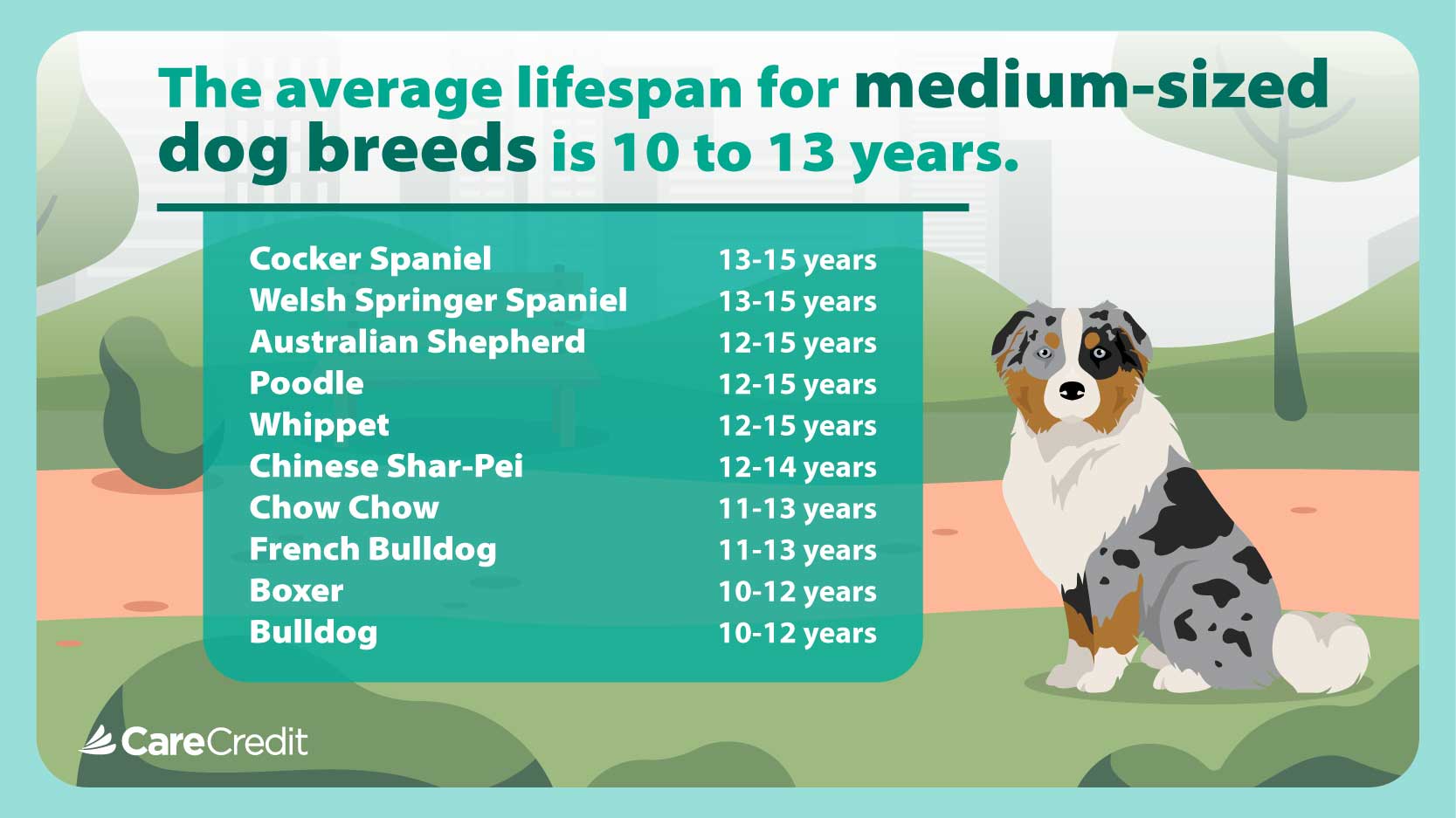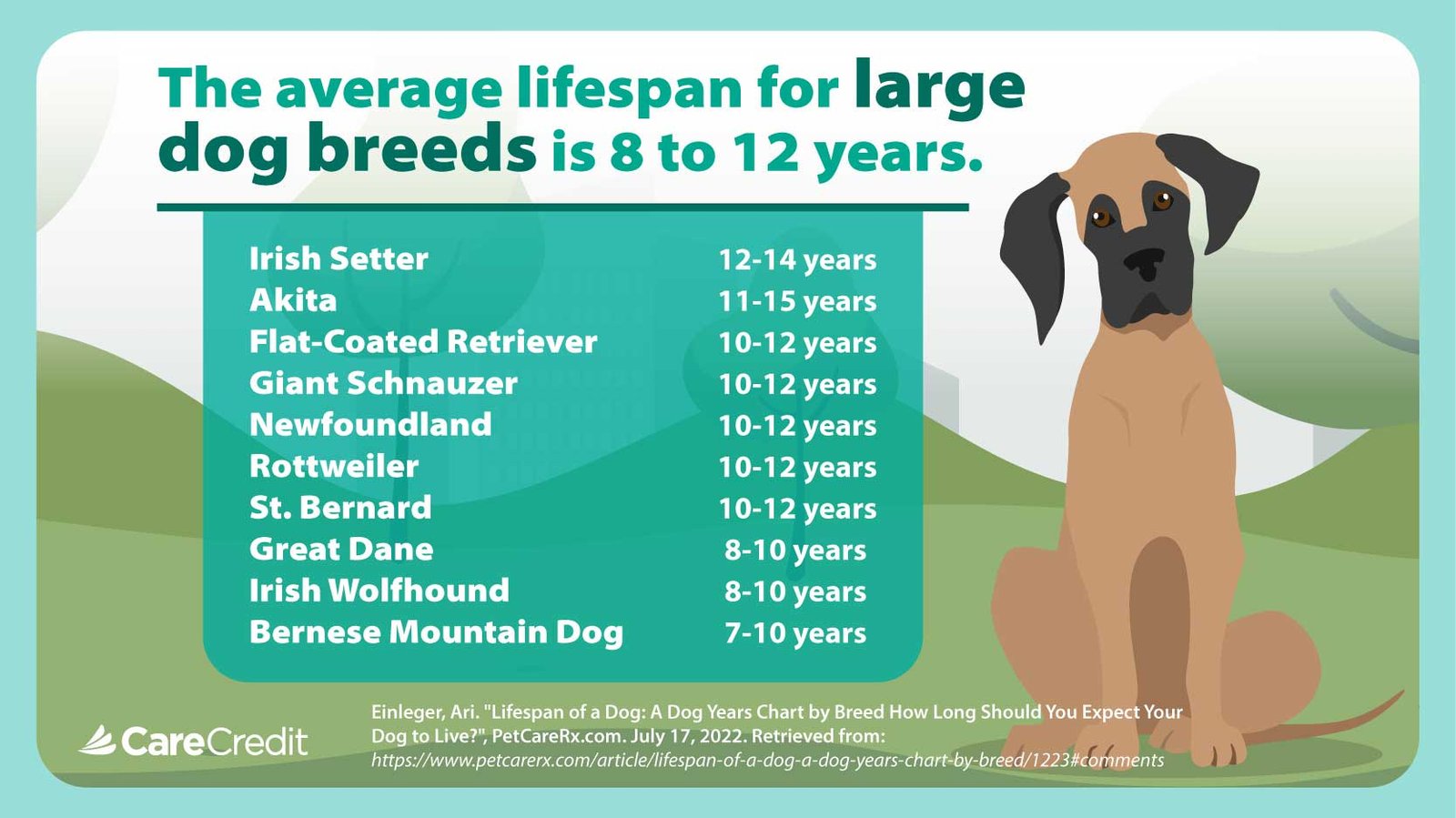8 Warning Signs That A Dog Is Dying: – Extreme weight loss – Lethargy – Incontinence – Confusion – Behavior changes – Abnormal breathing – Altered vital signs – Gum discoloration Introducing the topic of detecting signs of a dying dog, there are several important warning signs that pet owners should be aware of. These signs include extreme weight loss, lethargy, incontinence, confusion, behavior changes, abnormal breathing, altered vital signs, and gum discoloration.
When a dog starts experiencing these symptoms, it is crucial for owners to seek immediate veterinary care and consider end-of-life options. Knowing these warning signs can help pet owners ensure their dog’s well-being and provide them with the necessary support during this challenging time.

Credit: www.carecredit.com
Signs Of Physical Changes
When a dog is nearing the end of its life, there are several physical changes that may indicate its decline. These changes are often distressing to witness, but understanding the warning signs can help you provide your furry friend with the care and support they need during this difficult time. In this section, we will discuss three common physical changes that may indicate a dog is dying: abnormal breathing, incontinence, and vomiting.
Abnormal Breathing
One of the most apparent signs that a dog is nearing the end of its life is abnormal breathing. A dog’s breathing may become faster or slower than usual, and the sounds of their breath may become harsher or quieter. Breathing problems are often indicative that a dog is at the very end of life, and it may struggle to breathe comfortably. If you notice any changes in your dog’s breathing patterns, it is important to consult with a veterinarian as soon as possible.
Incontinence
Incontinence is another physical change that may occur as a dog reaches the end of its life. The loss of bladder or bowel control is not uncommon in elderly or sick dogs. They may have accidents inside the house or even struggle to control their bodily functions altogether. It’s important to be understanding and patient during this time and provide your dog with extra care and comfort.
Vomiting
Vomiting is a worrisome symptom that may indicate a dog’s declining health. It could be a sign of various underlying issues, including organ failure or gastrointestinal problems. Frequent or persistent vomiting should never be ignored, and immediate veterinary attention should be sought. The veterinarian can determine the cause and recommend the appropriate treatment to provide relief and comfort for your dog.
Behavioral Changes
As a dog approaches the end of its life, there are warning signs that indicate its declining health. Some behavioral changes to look out for include depression, confusion, restlessness, increased clinginess, aggression, and loss of interest in social interaction or toys.
These changes may be indicators that a dog is nearing the end of its life.
Depression
Depression in dogs is often a telltale sign that something is wrong. Watch out for noticeable changes in behavior such as a lack of interest in activities or toys, withdrawal from social interaction, and increased clinginess. These symptoms may indicate that your dog is experiencing emotional distress or suffering from chronic pain. Pay attention to your furry friend’s overall demeanor and seek veterinary assistance if you suspect depression.
Confusion
Confusion is another behavioral change to be aware of when assessing your dog’s health. Look for signs of disorientation, such as difficulty navigating familiar spaces or recognizing their surroundings. Your dog may exhibit a general sense of confusion or seem lost and unsure. Confusion can be a result of various underlying medical conditions and should not be ignored. Consult with a veterinarian to determine the cause and appropriate course of action.
Agitation
Agitation is characterized by restlessness, irritability, and increased sensitivity to stimuli. Your dog may become easily distressed, exhibiting signs of anxiety or agitation when touched or approached. Agitated behavior can indicate pain, discomfort, or a heightened state of alertness. It is crucial to address the underlying cause promptly to ensure your dog’s well-being. Seek veterinary advice if you observe persistent agitation in your furry companion.
Isolation
Isolation refers to a dog’s withdrawal from social interaction and detachment from human or animal companions. If your once sociable and friendly dog suddenly becomes aloof and disinterested in spending time with others, it could be a sign of an underlying health issue. Isolation may also be accompanied by a loss of interest in activities or toys that your dog previously enjoyed. Keep a close eye on your dog’s behavior and consult with a veterinarian if the isolation persists.
End-of-life Indicators
As much as we love our furry friends, it’s inevitable for them to reach a point in their lives where they near the end of their journey. Recognizing the signs of a dying dog can be difficult, but it’s important to understand when your pet is in distress and may require special care and attention. In this article, we’ll discuss eight warning signs that a dog is dying, specifically focusing on the end-of-life indicators. By being aware of these signs, you can ensure your beloved companion receives the support and comfort they need during this challenging time.
Extreme Weight Loss
One of the first noticeable signs that a dog is nearing the end of their life is extreme weight loss. This is often due to a loss of appetite and the body’s weakened ability to absorb nutrients. If you start to see a sudden and significant decline in your dog’s weight, it’s crucial to consult with a veterinarian to identify the underlying cause and provide appropriate treatment.
Dull Eyes
Another clear indicator that a dog is in the final stages of life is the dullness of their eyes. As their health deteriorates, their eyes may lose their usual brightness and become clouded. This change in appearance is often a result of decreased blood flow and oxygenation to the eyes. While it can be heartbreaking to witness, it’s essential to prioritize your dog’s comfort and well-being during this challenging time.
Loss Of Interest
A dog nearing the end of their life may display a significant loss of interest in their usual activities and interactions. They may no longer engage in play, show interest in their favorite toys, or seek attention from their human companions. This change in behavior is often a result of physical discomfort or the body’s natural response to conserve energy. It’s crucial to respect their diminished desire for interaction and provide them with a peaceful and comfortable environment.
Changed Smell
During the final stages of a dog’s life, you may notice a distinct change in their smell. This can be attributed to a variety of factors such as organ failure, infections, or the body’s natural metabolic changes. It’s important to pay attention to any unpleasant odors emanating from your dog and consult a veterinarian for guidance on how to manage their changing scent.

Credit: www.pinterest.co.uk
Physical Signs Of Suffering
When it comes to the well-being of our beloved pets, it is important to be aware of the physical signs that may indicate suffering. Dogs, like humans, can experience pain and discomfort, and as responsible pet owners, it is our duty to recognize these warning signs. In this article, we will focus on the physical signs of suffering that may indicate your dog is in distress.
Heavy Breathing
One of the physical signs to watch out for is heavy breathing. This may include shallow panting or rapid breathing, which can be a clear indication that your dog is experiencing pain or discomfort. Take note of any abnormal patterns or changes in their breath rate, as well as any unusual sounds associated with their breathing, such as wheezing or gasping.
Increased Heart Rate
Another physical sign to be attentive to is an increased heart rate in your dog. Similar to heavy breathing, if you notice that your dog’s heart is beating faster than normal, it could be an indication of pain or distress. Monitor their heart rate by placing your hand on their chest or by using a pet heart rate monitor, if available.
Swelling
If you observe swelling in your dog’s paws, legs, or face, it could be a sign that they are experiencing pain. Swelling is often an indication of inflammation or injury, and should not be ignored. Keep a close eye on any changes in your dog’s physical appearance and seek veterinary attention if you suspect swelling or inflammation.
Bloodshot Eyes
Bloodshot eyes can also be a physical sign that your dog is suffering. If you notice a reddish or bloodshot appearance in your dog’s eyes, it may indicate pain, infection, or other underlying health issues. It is important to promptly address any eye-related concerns to ensure your dog’s well-being.
Imminent Signs Of Dying
Discover the 8 warning signs that indicate a dog is nearing the end of their life. These signs include extreme weight loss, lethargy, incontinence, confusion, behavior changes, abnormal breathing, increased dependency, and gum discoloration.
When it comes to your furry companion, it’s important to be aware of the signs that indicate they may be nearing the end of their life. Recognizing these signs can help you provide the necessary care and support during this difficult time. The imminent signs of dying in dogs include labored breathing, loss of mobility, refusal to eat, and lack of reaction. Let’s delve into each of these warning signs and understand what they mean for your beloved pet.Labored Breathing
One of the most noticeable indicators that a dog is approaching the end of their life is labored breathing. You may observe changes in their breath rate, which can either become faster or slower. Additionally, the sounds of their breathing may become harsher or quieter. Labored breathing is a clear indication that your dog is in their final stages and may require special attention and comfort.Loss Of Mobility
Another crucial sign to look out for in a dying dog is the loss of mobility. Your dog may struggle to move, walk or even stand. They may appear weak, staggering, or unsteady on their feet. This loss of mobility can be distressing for both you and your pet. It is important to ensure their comfort by providing a soft and cozy space where they can rest without putting too much strain on their body.Refusal To Eat
A dog that is nearing the end of their life may exhibit a complete refusal to eat. You may notice that they no longer show interest in their favorite treats or regular meals. This lack of appetite can be attributed to their deteriorating health and reduced energy levels. While it is heart-wrenching to witness, it is crucial to respect their decision and provide them with alternative options to stay hydrated and nourished.Lack Of Reaction
As your dog approaches the end of their life, they may display a lack of reaction to external stimuli. They may no longer respond to your voice, petting, or other familiar interactions. This lack of reaction is a result of their declining health and reduced energy levels. It is important to create a peaceful and comfortable environment for your pet during this time, ensuring they are surrounded by their loved ones and familiar surroundings. Remember, observing these imminent signs of dying in dogs is never easy, but it is necessary to ensure their well-being and comfort during their final moments. By recognizing and addressing these warning signs, you can provide the support and love that your pet needs during this difficult time.
Credit: www.pinterest.com
Frequently Asked Questions Of 8 Warning Signs That A Dog Is Dying
How Do You Know When A Dog Is Close To Death?
Near the end of life, dogs may have difficulty breathing. Look for changes in breath rate and sounds of breathing, as it often indicates that the dog is at the very end of life. Other signs include depression, confusion, agitation, restlessness, and loss of interest in social interaction or activities.
Physical signs of pain may include heavy breathing, increased heart rate, bloodshot eyes, swelling, and changes in behavior, smell, and temperament.
What Is The Behavior Of An Old Dog Before Death?
An old dog may exhibit behavioral changes before death such as depression, confusion, restlessness, increased clinginess, loss of interest in activities, isolation, and aggression. They may also experience physical symptoms like breathing problems, increased heart rate, bloodshot eyes, and swelling in their paws and face.
How Do You Know If Dog Is Suffering?
Signs that indicate a dog is suffering can include heavy breathing, increased heart rate, bloodshot eyes, swelling of paws or face, and changes in behavior or temperament.
What Shuts Down First When A Dog Dies?
When a dog dies, the first thing that shuts down is usually their breathing.
Conclusion
In the final stages of a dog’s life, there are several warning signs that may indicate they are nearing the end. Some of these signs include extreme weight loss, a distant look in their eyes, lack of interest in anything, restlessness or unusual stillness, changes in smell, and alterations in temperament.
Other symptoms to watch for include labored breathing, loss of control over bodily functions, refusal to eat, and a lack of reaction to stimuli. It’s important to recognize these signs and provide your beloved furry friend with the comfort and care they need during this difficult time.







